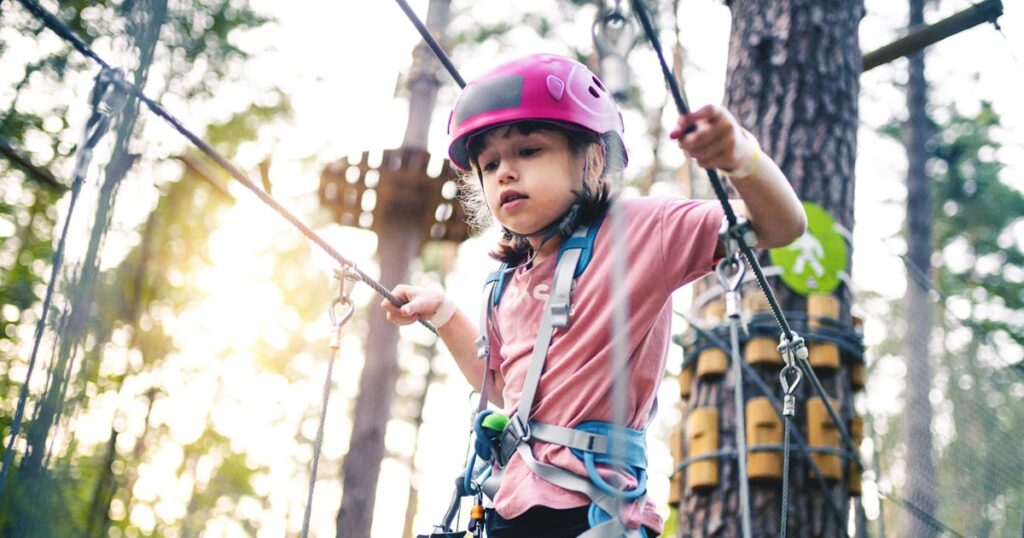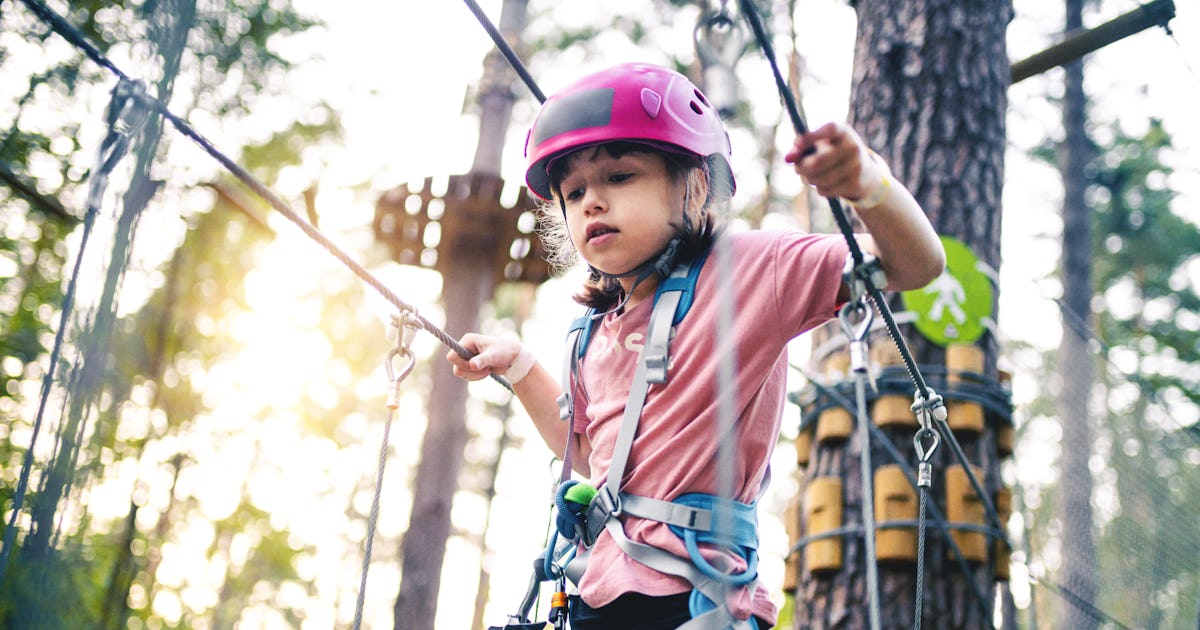
Brave Definition for Kids: Understanding Courage and Bravery
What does it mean to be brave? For kids, this can be a complex question. It’s not just about superheroes and daring rescues. Understanding the brave definition for kids involves recognizing that bravery comes in many forms, both big and small. This article will explore the meaning of brave in a way that children can easily grasp, providing examples, stories, and tips on how to cultivate courage in everyday life. We’ll delve into the different aspects of bravery, showing that it’s not about being fearless, but about facing fears head-on. So, let’s embark on this journey to understand what it truly means to be brave.
What is Bravery? A Simple Explanation
At its core, being brave means doing something even when you’re scared or worried. It’s not about not feeling fear; everyone feels fear sometimes. Instead, it’s about acknowledging that fear and choosing to act despite it. Imagine a time when you felt scared – maybe it was the first day of school, a visit to the doctor, or trying a new activity. If you went ahead and did it anyway, that’s bravery! The brave definition for kids really boils down to acting in the face of fear.
Bravery isn’t just about grand gestures. It can be as simple as raising your hand in class, standing up for a friend, or admitting you made a mistake. These everyday acts of courage can make a big difference in your own life and the lives of others. Understanding this nuanced brave definition for kids is important.
Examples of Bravery for Kids
Let’s look at some examples to better understand the brave definition for kids:
- The New Kid: Imagine a new student starting at your school. They might be nervous about making friends, finding their way around, and fitting in. Being brave for them might mean introducing yourself, offering to show them around, or simply smiling and saying hello.
- The Doctor’s Visit: Many kids feel anxious about going to the doctor for shots or check-ups. Being brave in this situation might mean taking deep breaths, holding a parent’s hand, and cooperating with the doctor, even when you’re scared.
- Trying Something New: Learning a new skill, like riding a bike or swimming, can be challenging and a little scary. Being brave means persevering even when you fall or feel frustrated.
- Standing Up for Others: If you see someone being bullied or treated unfairly, it takes courage to speak up and defend them. This is a particularly important aspect of the brave definition for kids.
- Admitting Mistakes: It can be hard to admit when you’ve done something wrong, but it’s a sign of bravery. Taking responsibility for your actions and apologizing shows maturity and courage.
Why is Being Brave Important?
Understanding the brave definition for kids is just the first step. Knowing *why* being brave is important can further motivate children to embrace courage in their lives. Bravery helps us:
- Overcome Challenges: When we’re brave, we’re more likely to try new things and overcome obstacles. This helps us grow and learn.
- Build Confidence: Each time we act bravely, we prove to ourselves that we’re capable of handling difficult situations. This builds our self-confidence and resilience.
- Help Others: Bravery isn’t just about ourselves; it’s also about helping others. When we stand up for what’s right or offer support to those in need, we’re making the world a better place.
- Achieve Goals: Many of our dreams require us to step outside of our comfort zones. Being brave allows us to pursue our goals, even when they seem daunting.
How to Be Brave: Tips for Kids
Now that we understand the brave definition for kids and why it’s important, let’s explore some practical tips on how to cultivate bravery:
- Identify Your Fears: What are you afraid of? Make a list of your fears, big and small. This is the first step in confronting them.
- Start Small: Don’t try to tackle your biggest fear right away. Start with something smaller and more manageable. For example, if you’re afraid of the dark, try sleeping with a nightlight.
- Talk About Your Feelings: Share your fears with a trusted adult, like a parent, teacher, or counselor. Talking about your feelings can help you feel less alone and more supported.
- Practice Deep Breathing: When you feel scared, take slow, deep breaths. This can help calm your nerves and reduce anxiety.
- Visualize Success: Imagine yourself successfully overcoming your fear. This can boost your confidence and make you feel more prepared.
- Celebrate Your Accomplishments: Acknowledge and celebrate your acts of bravery, no matter how small. This will reinforce your courage and motivate you to keep going.
- Remember You Are Not Alone: Everyone feels fear. Knowing that you are not the only one struggling with fear can make it easier to be brave.
Stories of Bravery for Kids
Hearing stories of bravery can be inspiring and help kids understand that even ordinary people can be brave. Here are a few examples:
- Malala Yousafzai: Malala is a young woman who stood up for girls’ education in Pakistan. Despite facing threats and violence, she continued to advocate for her beliefs and became a symbol of courage and determination.
- Rosa Parks: Rosa Parks was an African American woman who refused to give up her seat on a bus to a white passenger in 1955. Her act of defiance sparked the Montgomery Bus Boycott and helped to advance the civil rights movement.
- Everyday Heroes: Countless ordinary people demonstrate bravery every day by helping others, standing up for what’s right, and overcoming personal challenges. These everyday heroes show us that bravery is within reach for all of us.
The Difference Between Bravery and Recklessness
It’s important to distinguish between bravery and recklessness. Bravery involves facing fear with careful consideration and a purpose. Recklessness, on the other hand, is acting without thinking about the consequences. For example, climbing a tall tree without proper safety equipment is reckless, while speaking up against injustice, even when it’s scary, is brave.
Bravery as a Skill
Bravery is not just a personality trait; it’s a skill that can be developed and strengthened over time. By practicing courage in small ways, children can build their confidence and become more resilient in the face of challenges. Understanding the brave definition for kids and applying it in their lives can have a profound impact on their personal growth.
Conclusion: Embracing Bravery in Everyday Life
The brave definition for kids encompasses much more than just grand acts of heroism. It’s about facing fears, standing up for what’s right, and persevering in the face of challenges. By understanding the meaning of bravery and practicing courage in everyday life, children can build confidence, overcome obstacles, and make a positive impact on the world. Remember, being brave doesn’t mean being fearless; it means acting in the face of fear. So, embrace your fears, take a deep breath, and be brave!
By understanding the brave definition for kids, we empower them to become confident, resilient, and compassionate individuals. Let’s encourage them to embrace bravery in all its forms and make a positive difference in the world. [See also: How to Teach Kids About Empathy] [See also: Building Resilience in Children: A Guide for Parents]

